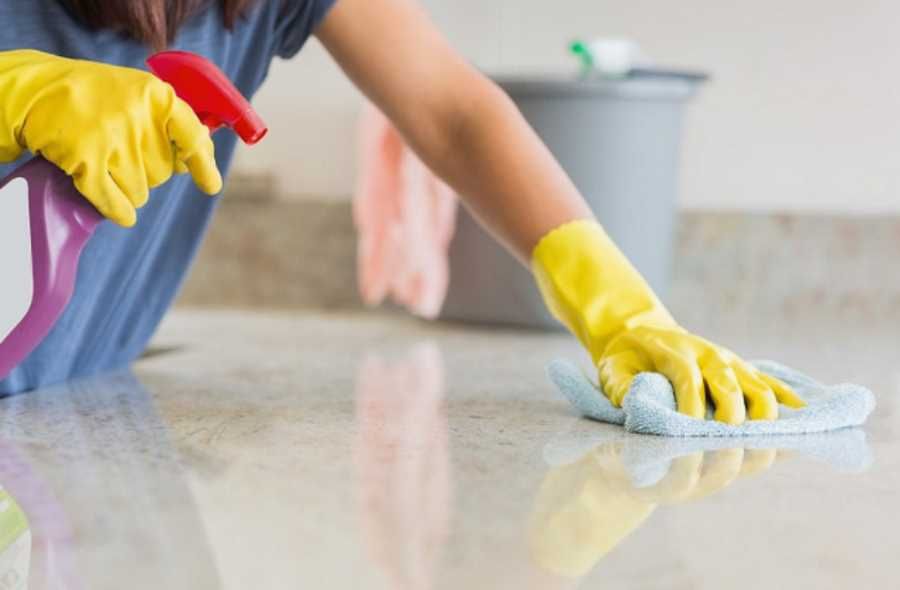
Cleaning as dangerous as smoking cigarettes?
The decline in lung function in women, which re frequently exposed to vapors from the middle of the in cleaners, demonstrated by spirometric tests measuring lung capacity and volume and airflow found in the lungs and bronchi.
Using agents in cleanliness is related to impaired lung function – reported researchers from the University of Bergen. They analyzed data from 6235 participant in the Respiratory Health Survey – European respiratory health program. Health Participant has been tracked for 20 years. Their average age at the start of the study was 34 years.
The research was published in the pages of the journal „American Journal of Respiratory and Critical Care Medicine”, kt ry is published by the American Thoracic Society – independent organization focused on fighting lung disease.
– While the kr tk-term effects of frequent use of agents in cleaning associated with the occurrence of symptoms in asthma are becoming better documented, what we lack is knowledge of their long-term impact. We are concerned that systematic contact with chemicals causes minor damage to the Dr g respiratory tract day after day, year after year, which re can eventually accelerate the decline in lung function – said Professor Cecile Svanes, one of the authors of the publication.
Studies have shown that the so-called. Intensified first-second expiratory volume – the amount of air, kt The amount of air that a person can blow out in one second, denoted as FEV1 (forced expiratory volume in 1 second ), decreased by 3.6 milliliters per year faster in women, who re regularly cleaned at home and by 3.9 ml/year faster in women who re worked as cleaners in por In relation to women who re in og le did not clean.
In addition, the so-called. Intensity vital capacity – the total amount of air that he amount of air a person can expel during exhalation, referred to as FVC (Forced Vital Capacity), decreased by 4.3 ml/year faster in women who re cleaning at home and by 7.1 ml/year faster in women who re worked as cleaners.
The accelerated decline in lung function in women who worked as cleaners can be cf n to smoking about a pack of cigarettes in daily.
This level of lung function impairment was initially surprising to researchers. – On the other hand, when we think about the continuous inhalation of small particles from agents in cleaners who re are designed to clean the floor, not the lungs, this is not so surprising at all – pointed out the main ny author of the paper Øistein Svanes.
The decline in lung function, the researchers said, may be the result of irritation that re most chemicals contained in cleaning agents causes on the mucous membranes of dr g respiratory tract, which over time causes permanent changes in the respiratory tract.
The study showed also that in women who re regularly cleaning at home (12.3 percent of.) and in cleaners (13.7 percent of.), asthma was more common than in women who re in og le did not clean (9.6 percent.). As the study’s authors point out, the same effect probably applies to men as well, but it’s hard to see, since men are less likely to do cleaning.
– The message of this study is that in the long run, working with cleaning products causes significant damage to the lungs – emphasized Svanes. He added that cleaning products should be more tightly regulated and their manufacturers encouraged to develop means of in cleaners, kt rych would not have such a destructive effect on health.

